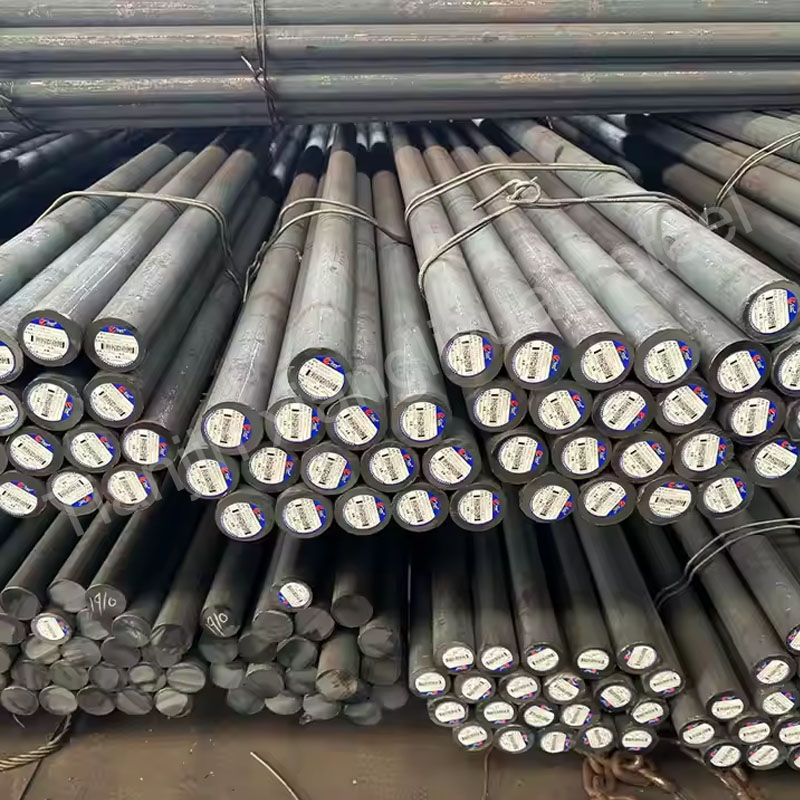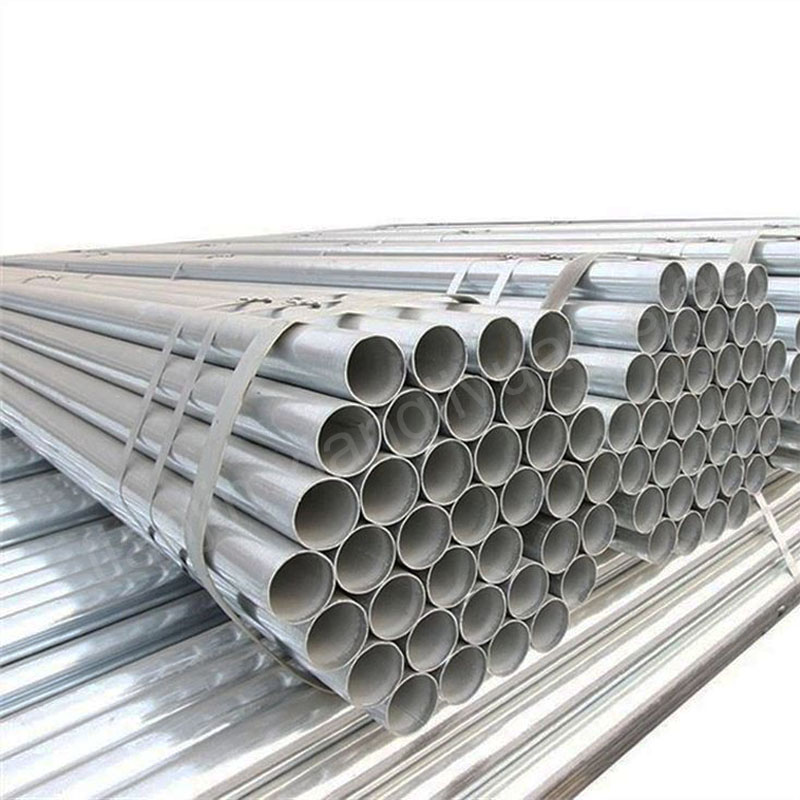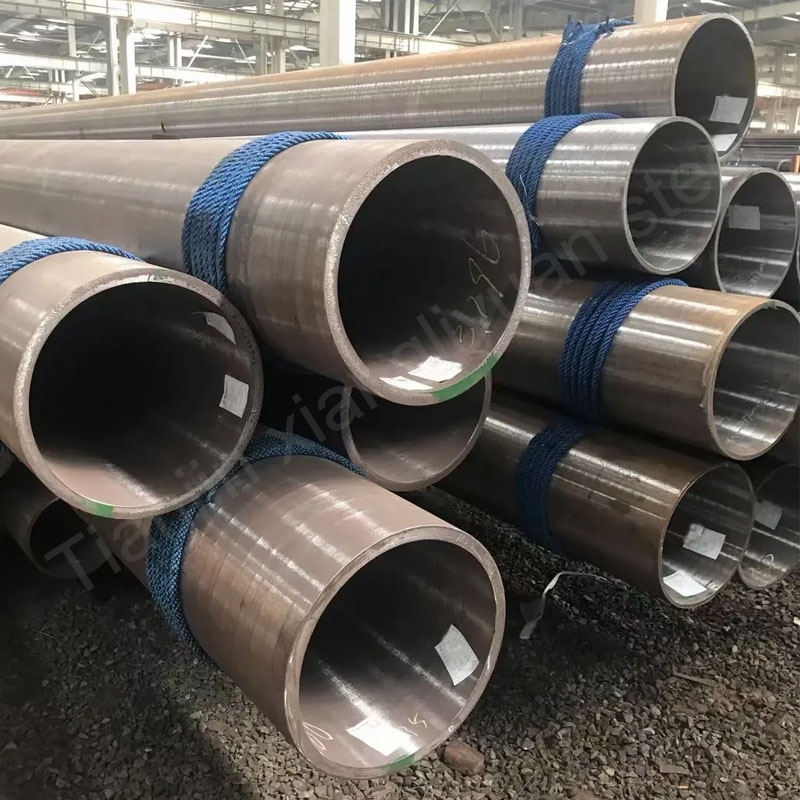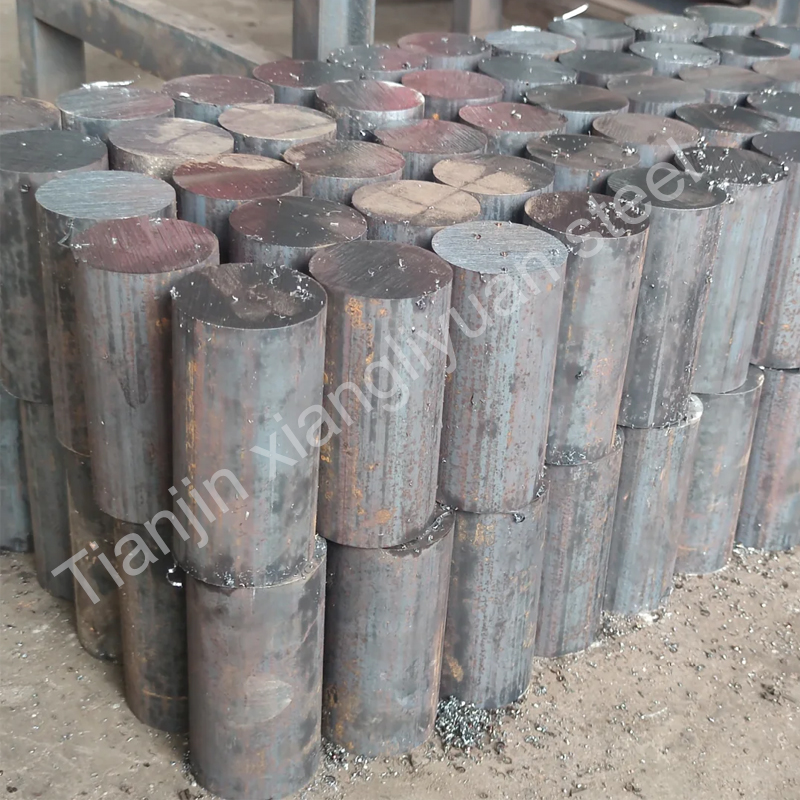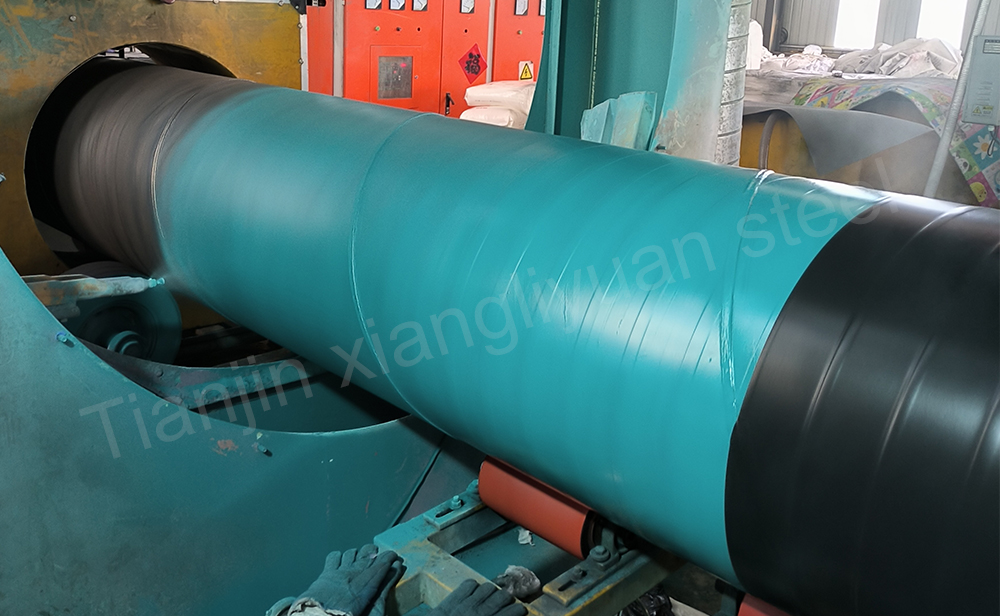The American Iron and Steel Institute (AISI) is an association of North American steel producers. AISI standards are mainly used to identify and classify steel, especially the chemical composition and mechanical properties of steel. The AISI system represents different steel grades, such as carbon steel, stainless steel, and alloy steel, in the form of numerical codes. This standard enables steel producers and users to identify and select appropriate materials through a unified numbering system.
AISI steel grades are usually represented by four digits:
10xx series: ordinary carbon steel, the number “xx” represents the carbon content.
41xx series: chromium-molybdenum alloy steel with good strength and toughness.
30x series: austenitic stainless steel with high corrosion resistance, such as AISI 304 and AISI 316.
The following are some common AISI standards and their corresponding steel grades:
1. Carbon Steel: Mainly composed of iron and carbon, suitable for most common structures and mechanical parts.
AISI 1010: Low carbon steel, suitable for cold forming, welding and general mechanical purposes.
AISI 1020: Medium and low carbon steel, widely used in mechanical parts and structural materials.
AISI 1045: Medium carbon steel, with high strength and hardness, commonly used in shafts, gears, etc.
2. Alloy Steel: Other alloy elements such as chromium, molybdenum, nickel, etc. are added to carbon steel to enhance strength, toughness and corrosion resistance.
AISI 4130: Chromium-molybdenum alloy steel, with high strength, commonly used in aviation and automotive parts.
AISI 4140: Chromium-molybdenum alloy steel, suitable for manufacturing high-strength mechanical parts.
AISI 4340: Nickel-chromium-molybdenum alloy steel, with good toughness and wear resistance, used for heavy-duty parts.
3. Stainless Steel: Contains high chromium and nickel, has strong oxidation resistance and corrosion resistance, and is widely used in environments requiring high corrosion resistance.
AISI 304: The most common austenitic stainless steel, with good corrosion resistance, widely used in kitchen equipment and food processing.
AISI 316: Austenitic stainless steel, containing molybdenum, better corrosion resistance than 304, used in marine equipment and chemical equipment.
AISI 430: Ferritic stainless steel, strong magnetism, often used in home appliance housings and decorative parts.
4. Tool Steel
AISI O1: Oil-quenched tool steel, used to make knives and molds.
AISI D2: Cold work tool steel, high wear resistance, suitable for stamping molds.
AISI M2: High-speed tool steel, high temperature resistance, often used in drills and milling cutters.
5. Specialty Steel
AISI 8620: Low carbon alloy steel, suitable for carburizing treatment, used for gears and bearings.
AISI 52100: High carbon chromium bearing steel, often used in rolling bearings and high wear-resistant parts.
6. Heat-Resistant Steel
AISI 309: Austenitic stainless steel, good high temperature oxidation resistance, used in furnaces and high temperature equipment.
AISI 310: has higher heat resistance than 309 and is suitable for extremely high temperature environments.
AISI standard steels are widely used, covering almost all industrial fields:
Building structures: used for large engineering structures such as bridges and buildings.
Machinery manufacturing: manufacturing mechanical parts, bearings, gears, etc.
Energy industry: used for oil, natural gas, chemical pipelines and equipment.
Food and medicine: stainless steel is widely used in production equipment, pipelines and storage tanks.
In general, AISI standards provide scientific classification and performance standards for steel, promoting the development and application of the steel industry.

